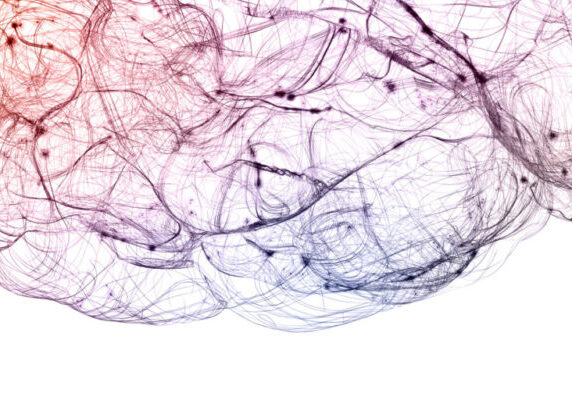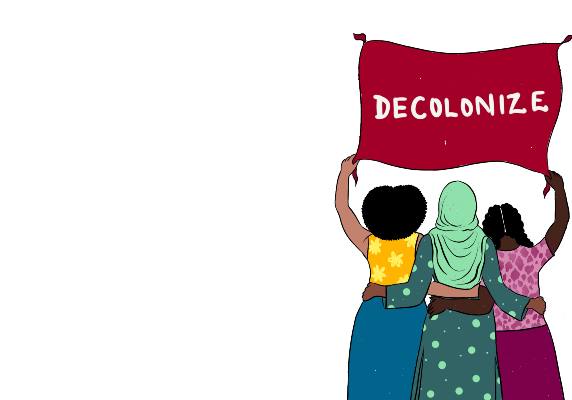Why INGOs need to put power analysis at the heart of governance
In the past two years, INGOs have faced some hard truths about potential harm in their work.
As the former head of ethics and compliance for Oxfam GB, appointed following the safeguarding crisis, and more recently working independently with boards and executives, I believe that INGO integrity is only achievable by putting robust power analysis at the heart of our governance, aims and behaviour.
It’s a welcome first step seeing the Charity Governance Code refreshing its principles of equality, diversity, inclusion and integrity. The code now explicitly call for boards to understand and address power dynamics. Only by looking at the very core of how organisations work, can we begin to achieve the deep and effective change needed across the sector.
Power analysis seeks to identify and understand overt, hidden, and invisible power dynamics that can perpetuate inequality. As we know, the people who have power may not be aware of many of the “norms” and privileges that determine how they are treated – or how they might treat others. Yet the same “norms” are painfully visible to those who are negatively affected.
There is an irony that while INGOs apply power analysis to highlight inequality elsewhere, they rarely apply it to themselves to expose their own inequalities or the ones that they might cause. Thankfully, a much-needed shift has started to emerge. Diversity and inclusion, safeguarding, “shifting the power”, and organisational culture are being prioritised by the sector. Power analysis is key to actually making this happen.
Power analysis tends to be applied in silos rather than being placed at the heart of how organisations are governed and led. This siloed approach will likely result in narrow changes, limiting any impact in the face of obstacles within the wider organisation.
But if boards and executives use power analysis to inform not only their representation, but also how the organisation works, I believe that an inherent coherence and integrity can emerge. By being honest about where power sits, how it is used, and which imbalances need to be addressed, deep organisation-wide change can happen.
Creating a space for the board to understand and develop this approach would send a strong message and enable a fresh perspective that can inform and reshape organisational scope, priorities, culture and perceptions of risk.
Here are some key areas for INGOs to apply power analysis.
Staff misconduct
Underlying all forms of misconduct (whether fraud, sexual harassment, abuse, discrimination, modern slavery, etc) are an abuse of power. Oxfam GB is beginning to communicate and organise itself based on this insight – resulting in a clearer understanding of misconduct, the relationships between its various forms, greater coherence and efficiency of investigations, and increased confidence from donors.
Subscribe to our newsletter
Our weekly email newsletter, Network News, is an indispensable weekly digest of the latest updates on funding, jobs, resources, news and learning opportunities in the international development sector.
Get Network NewsThis approach builds on NCVO’s Charity Ethical Principles‘ reference to “abuse of power” by adding corruption and financial misconduct.
For many organisations, misconduct (sexual, financial, discriminatory, and other forms) is addressed in separate parts of the organisation and escalates to separate executive and trustee level committees with potentially disconnected oversight. This can result in a fragmented approach with information falling between the cracks, duplication, and inefficiency.
Separate investigations, databases, and oversight structures for addressing sexual abuse, modern slavery or corruption will not see patterns in perpetrators, opportunities for power to be abused, or failing control measures.
If the executive and trustee levels viewed misconduct holistically through a power lens, they would not only have a joined-up picture and steer accordingly, but they could also identify blind spots and be more ready to prevent and address power abuse issues that they had previously been unaware of.
Unintended negative impacts from activities
As INGO workers, our passion to support our missions is a strong motivation that underpins our work. This can result in resistance to committing to resource-heavy activities to review our ethics, because it means diverting precious resources from delivering on that mission.
Lack of a board-level steer can result in ad hoc, inconsistent, and confusing applications of ethical principles. This can cause harm and threaten the aims and reputation of the organisation.
A power lens enables organisations to see the connection between issues so that what is delivered is done so responsibly, safely and effectively. Gender and ethnicity pay gaps, diversity and inclusion, leadership style, culture, human resources, inductions, retention and safeguarding need an integrated approach, because they are all part of a mutually reinforcing organisational system.
Likewise, coherence is needed across the INGO’s activities – from investments, corporate partners, funders, implementing partners, to suppliers. Power analysis can enable a more joined-up and coherent view of these areas, the INGO’s negative impact and subsequent responsibility in how it achieves its mission.
Governance and organisational integrity
Having seen the benefits from the above two examples, I believe boards can use power analysis to more effectively minimise the harm their organisations do in their work, allowing them to be truer to their aims.
As INGO boards integrate the Charity Governance Code’s revisions, I hope they consider power structures both within and outside their organisation. It is a challenging commitment but a necessary one. Only by being honest about where power sits, how it is used, if it perpetuates harm, and which imbalances need to be addressed, can we see a comprehensive shift towards greater integrity, and a sector that can genuinely build back better for everyone.
Category
News & ViewsThemes
Safeguarding



